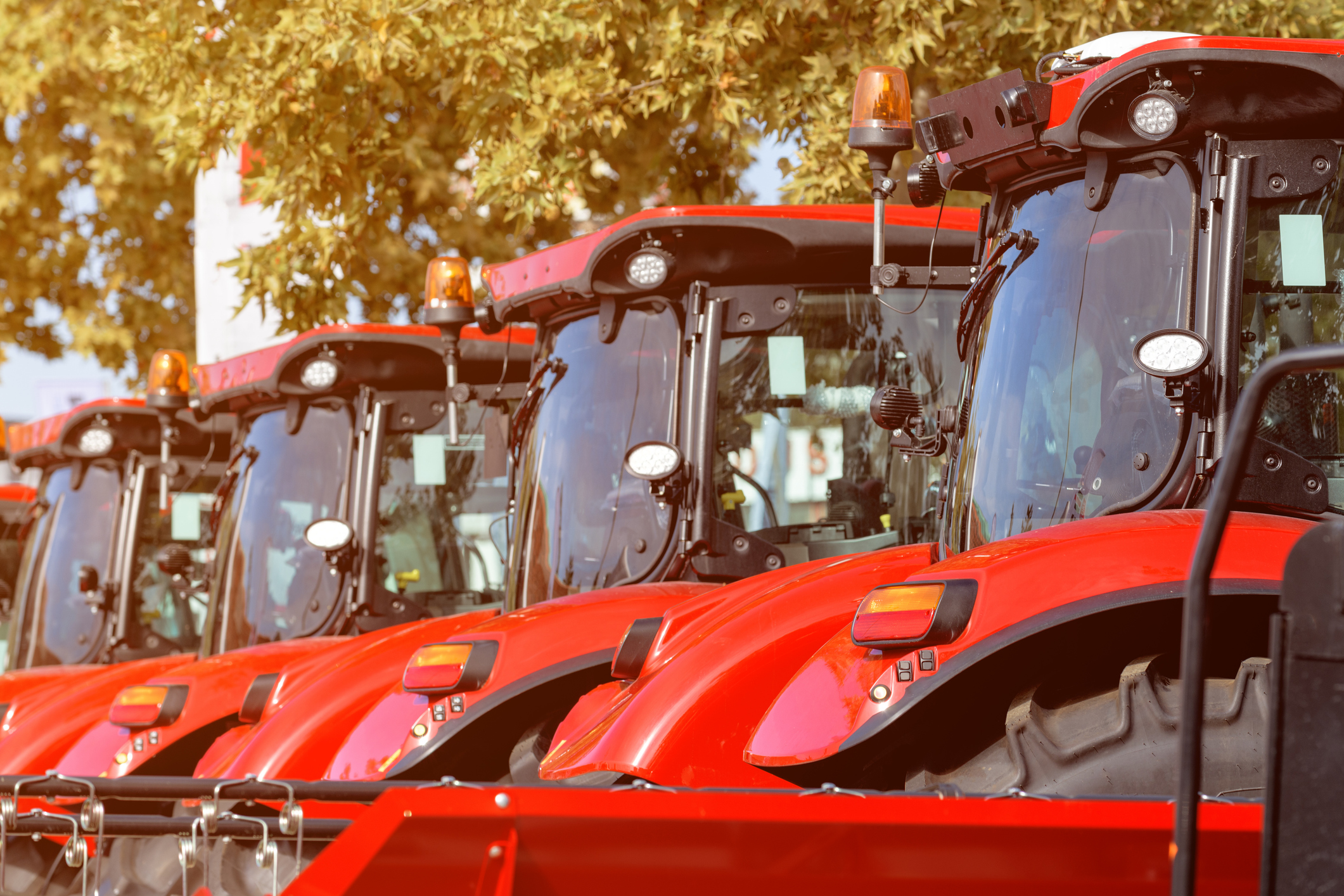Each year in Washington, farmers and ranchers purchase new pieces of farm equipment to improve efficiency, productivity and stewardship of their farmland. Those purchases strengthen Washington state’s food industry. However, Washington state is one of only two states that taxes the purchase of new farm equipment. Needless taxes and regulatory burdens imposed by the state as well as increased operations costs from factors outside the control of our state’s farming community have negatively affected the overall ability of our food producers to operate their businesses.
One opportunity to reduce the financial pressure on our state’s growers would be to reduce their tax burden via Senate Bill 5092 – relating to a sales and use tax exemption for qualifying farm machinery and equipment. Under the current Washington state tax code, the sale of new and used farm equipment is taxed at the same rate as a new or used car or pickup. The state charges a uniform 6.5 percent on all vehicle sales and counties tack on an additional 0.3 percent for a total of 6.8 percent sales tax. Altering this tax would save farmers and ranchers tens of thousands of dollars on purchases of new equipment. It would also provide an incentive to Washington state’s farmers and ranchers to consider upgrading to newer, more efficient equipment.
SB 5092 proposes to increase the competitiveness of farms and ranches earning less than $2 million annually in gross revenue by eliminating the sales tax on the purchase of any piece of equipment priced at more than $10,000 used for crop production. To qualify for the exemption, eligible farmers must present their tax exemption certificate at the time of purchase. The exemption may only be used once in a calendar year.
Incentive for greener practices
The incentive to purchase newer, more efficient farm equipment through cost savings in sales tax affords our state’s food producers the ability to look toward a “greener” future. Low-till and regenerative farming practices are often cited as the gold standard in lessening the environmental impact of farming and ranching. Both practices still require a significant capital investment in equipment. By cutting the cost of that equipment through sales tax savings, Washington state would encourage the farm community to consider adoption of farming and ranching methods with fewer soil disturbances, more emphasis on long-term vegetation development, and habitat development for local wildlife species. All these practices are in line with the current focus on fully funding voluntary programs through the state’s conservation districts and other fish and wildlife preservation pursuits.
Farm equipment is not a vehicle
Farm equipment, while occasionally transported or driven on a road, is not a vehicle whose primary function is road travel. Whether the equipment is an implement – cultivator, baler, drill, rake – or a combine, swather, tractor, or sprayer, the primary function is in a field, orchard or pasture. Farm equipment and implements will be used for thousands of hours in food production. During that same life span, a piece of farm equipment will be driven on a public roadway for a tiny fraction of those hours, simply to go from one part of a farm to another. Paying a sales tax to help maintain roadways that are largely unused by farm equipment, is needlessly expensive.
Farm ‘tools’ are expensive
Unlike going to the local hardware store for regular “tools of the trade,” farm equipment is a significant investment. A new combine and header cost about $900,000. When buying a new “tool” for corn harvest, Washington state’s farmers are investing nearly $1 million for a specific tool and paying about $61,000 in sales tax alone. When considering this expense, many of our state’s farmers and ranchers have discovered it is cheaper to find farm equipment in other states and have it shipped to Washington state. This cost disparity puts our equipment dealerships at a competitive disadvantage as well.
WA is (almost) unique
In addition to creating a financial burden for our food producers, Washington state’s sales tax on farm equipment is, almost, unique in the United States. Washington state is just one of two states that assesses a sales tax on new and used farm equipment and implements. A sales tax that, before 2011, was waived for a great many pieces of farm equipment and implements in our state that were being purchased by cereal grain growers. Most states in the United States recognize farm equipment and implements as “tools of the trade” that are critical to the ability of their food producers to provide for their citizens.
The most recent U.S. Department of Agriculture Census of Agriculture highlighted the struggles of Washington state’s farming community. Between 2017 and 2022, Washington state lost two farms a day, every day. Our state lost 3,717 farms in five years. The burden of regulations, operating costs and taxes closed the doors of two farms a day, every day. Those losses have continued since that data was collected.
The alteration of the farm equipment sales tax structure is not likely to have a significant effect on the ability of the state to maintain its roadways but it will have a significant effect on farmers and ranchers. By saving farmers and ranchers tens of thousands of dollars in costs when they consider buying new equipment or implements, the state will encourage adoption of newer technologies. The sales tax savings on a combine may spur an investment in fuel-efficient tractors or low-till equipment. By freeing up more funds through sales tax savings, the state may encourage a shift in overall farming and ranching practices for the betterment of all Washingtonians.





